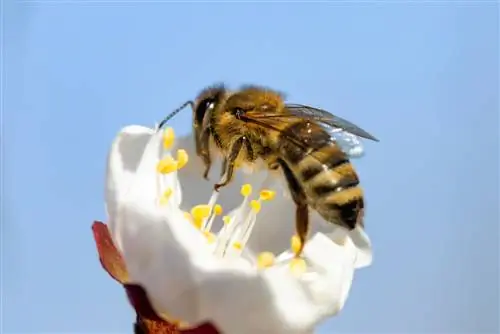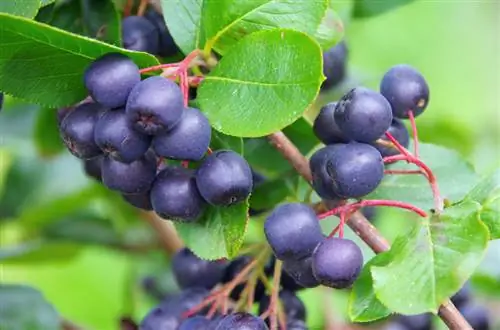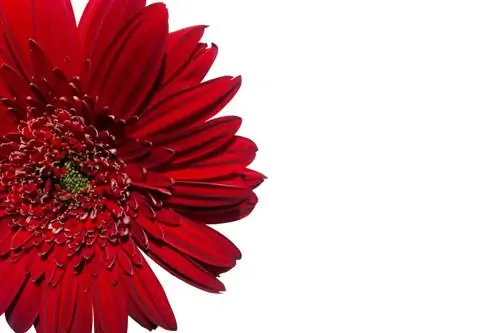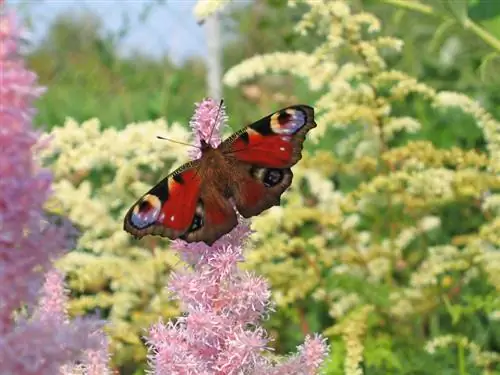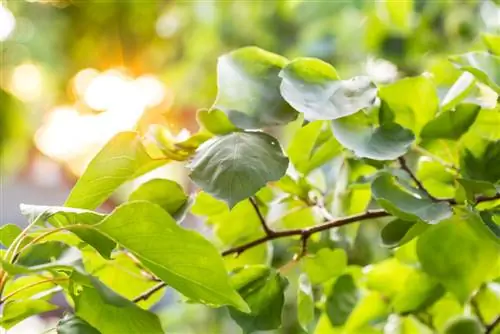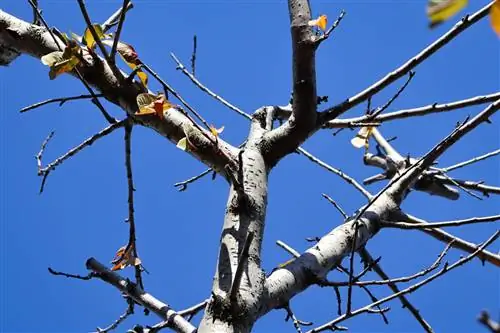- Author admin [email protected].
- Public 2023-12-16 16:46.
- Last modified 2025-01-23 11:22.
Most fruit trees in Germany develop hermaphrodite flowers - but not all of them are self-fertile. A pollen donor is often required to turn flowers into delicious fruits. This guide sheds light on the question of whether an apricot tree is self-fertile or not?
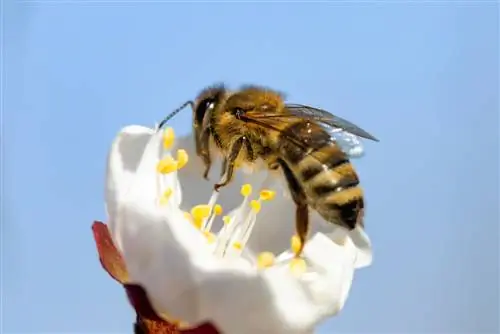
Is an apricot tree self-fertile?
Most apricot trees (Prunus armeniaca) are self-fertile and do not require a pollen donor. However, some varieties, such as 'Orangered', 'Hargrand' and 'Goldrich', require a pollinator such as 'Hungarian Best' or 'Bergeron'. Apricots are pollinated by wind and bees.
Is the apricot self-fertile?
The apricot (Prunus armeniaca) isnormally self-fertileFor the stone fruit plant, a second apricot tree is usually not required as a pollen donor so that the hermaphrodite flowers turn into tasty fruits. OnlysingleApricot varieties arenot self-fertile and rely on a compatible pollinator for pollination.
Which apricot varieties need a pollinator?
The apricot varieties 'Orangered', 'Hargrand' and 'Goldrich' require asecond apricot treeas a pollinator. These apricots are excellent as apollen donor:
- 'Hungarian Best': historical apricot variety, particularly hardy, also thrives in partially shaded locations, height 300 cm to 500 cm.
- 'Bergeron': latest apricot flowering period from mid-April to early May, resistant to Monilia peak drought, height 400 cm to 500 cm.
How are apricots pollinated?
Apricots are pollinated byWindandBees The profitable cultivation of apricots in Germany depends on a warm and wind-protected location. For this reason, fertilization in windless locations, such as the trellis, is only guaranteed if there is sufficient insect flight.
Tip
Apricot tree is a pasture for bees
The apricot (Prunus armeniaca) boasts a nectar and pollen value of 4. This makes the stone fruit one of the ideal bee pastures for the natural garden. The fragrant flowers, up to 4 cm in size, are a popular destination for all honey bees as well as for the wild bee species horned mason bee (Osmia cornuta), thick sand bee (Andrena gravida) and six-striped narrow bee (Lasioglossum sexstrigatum).

